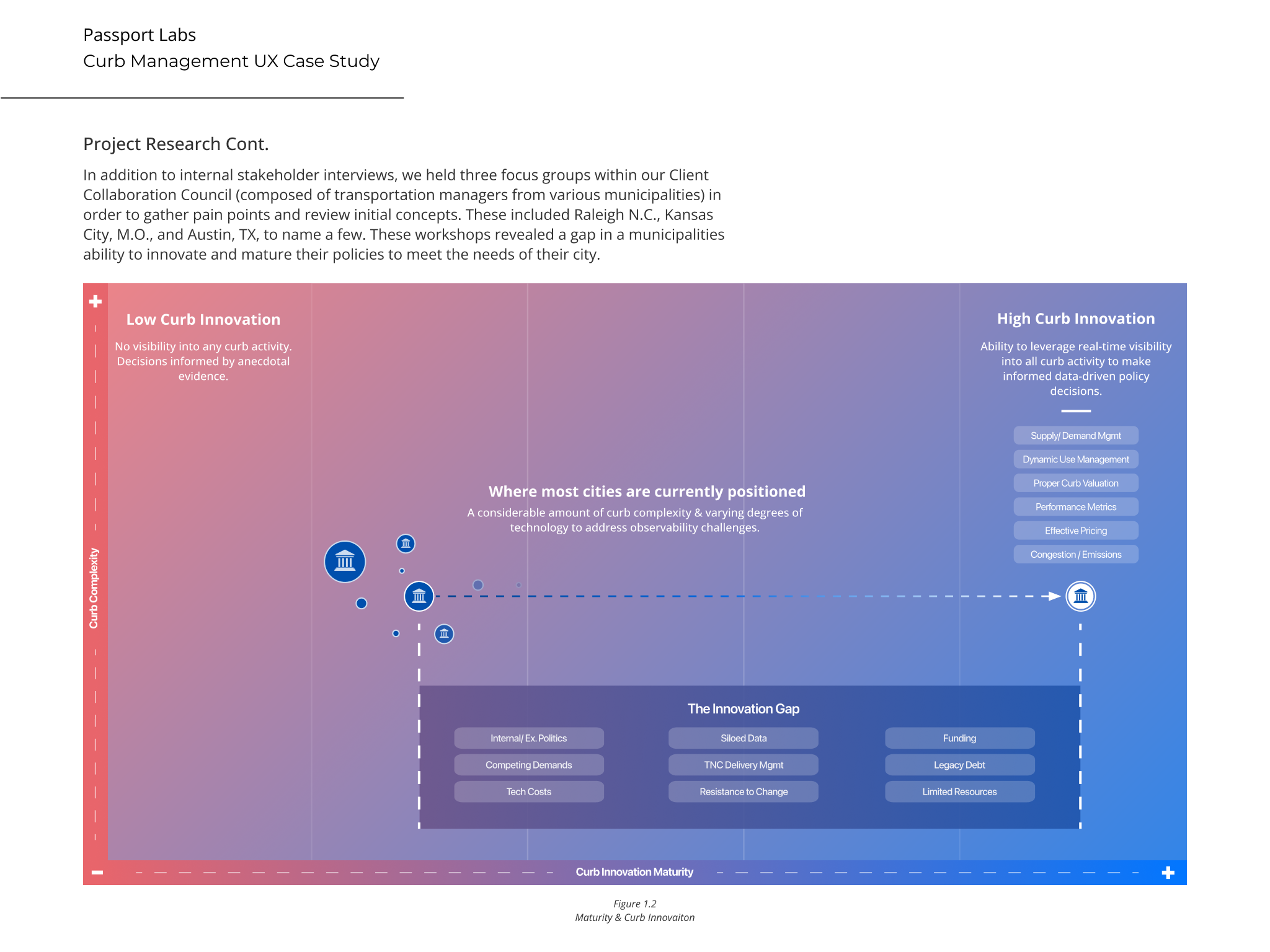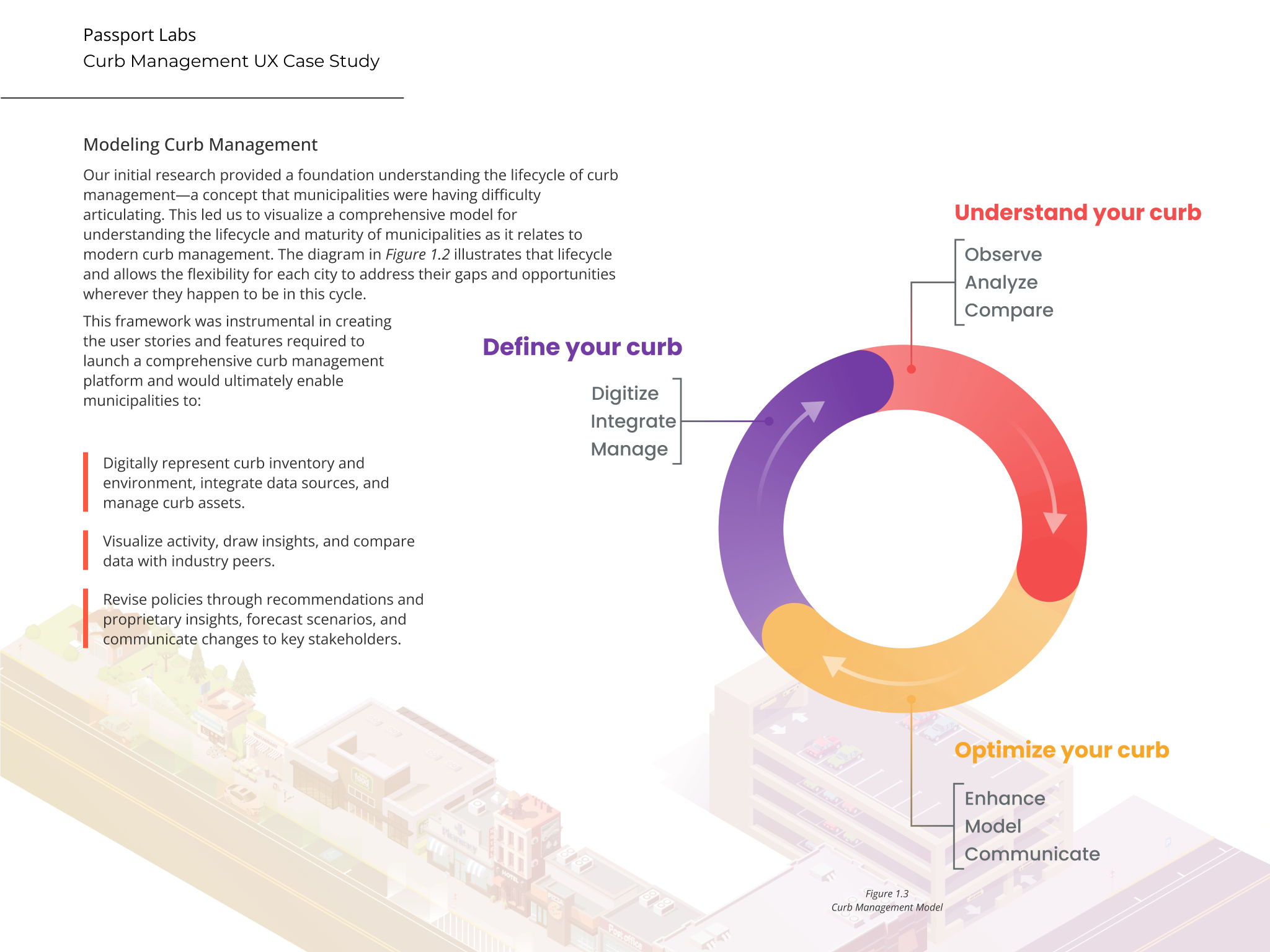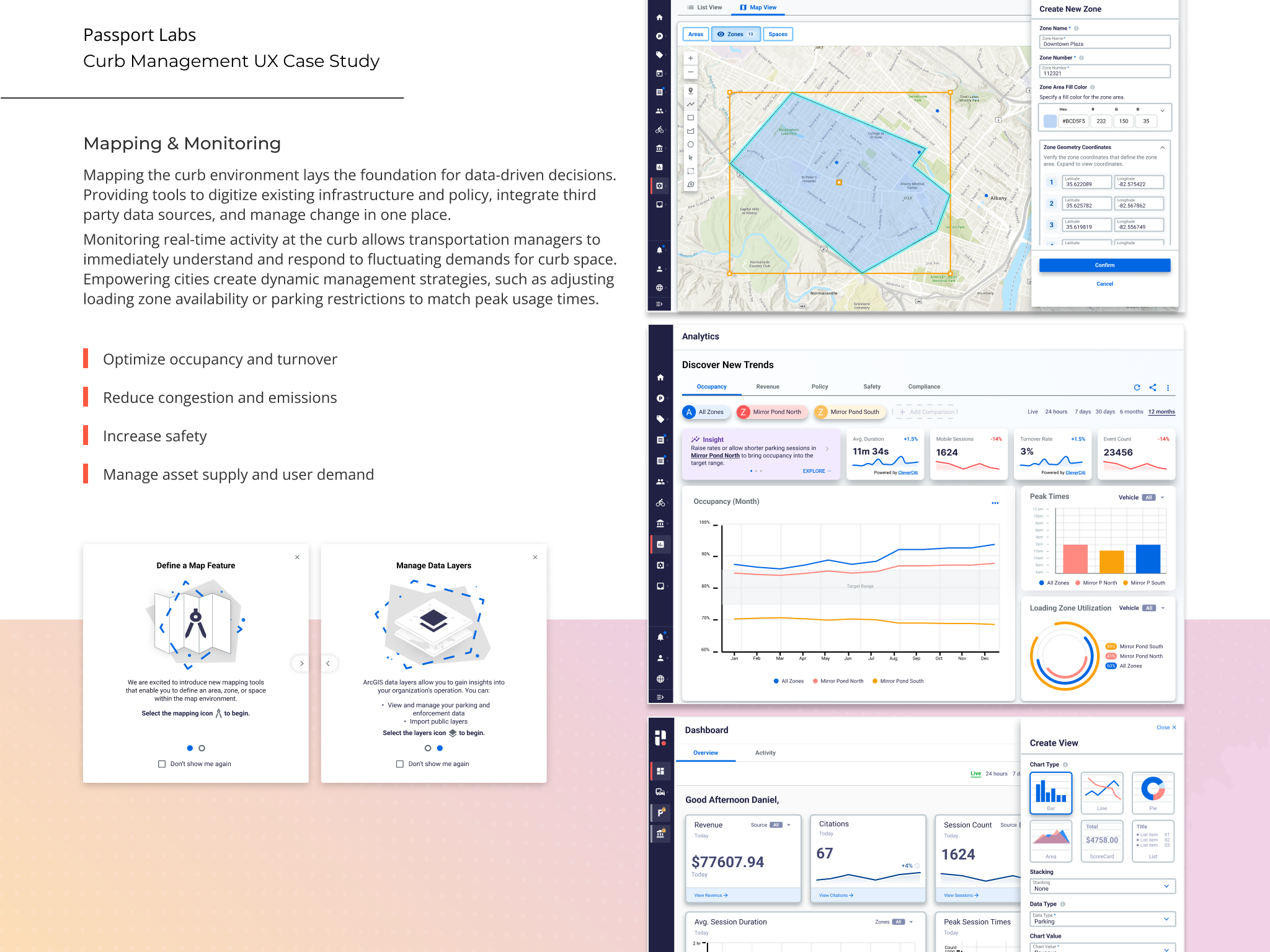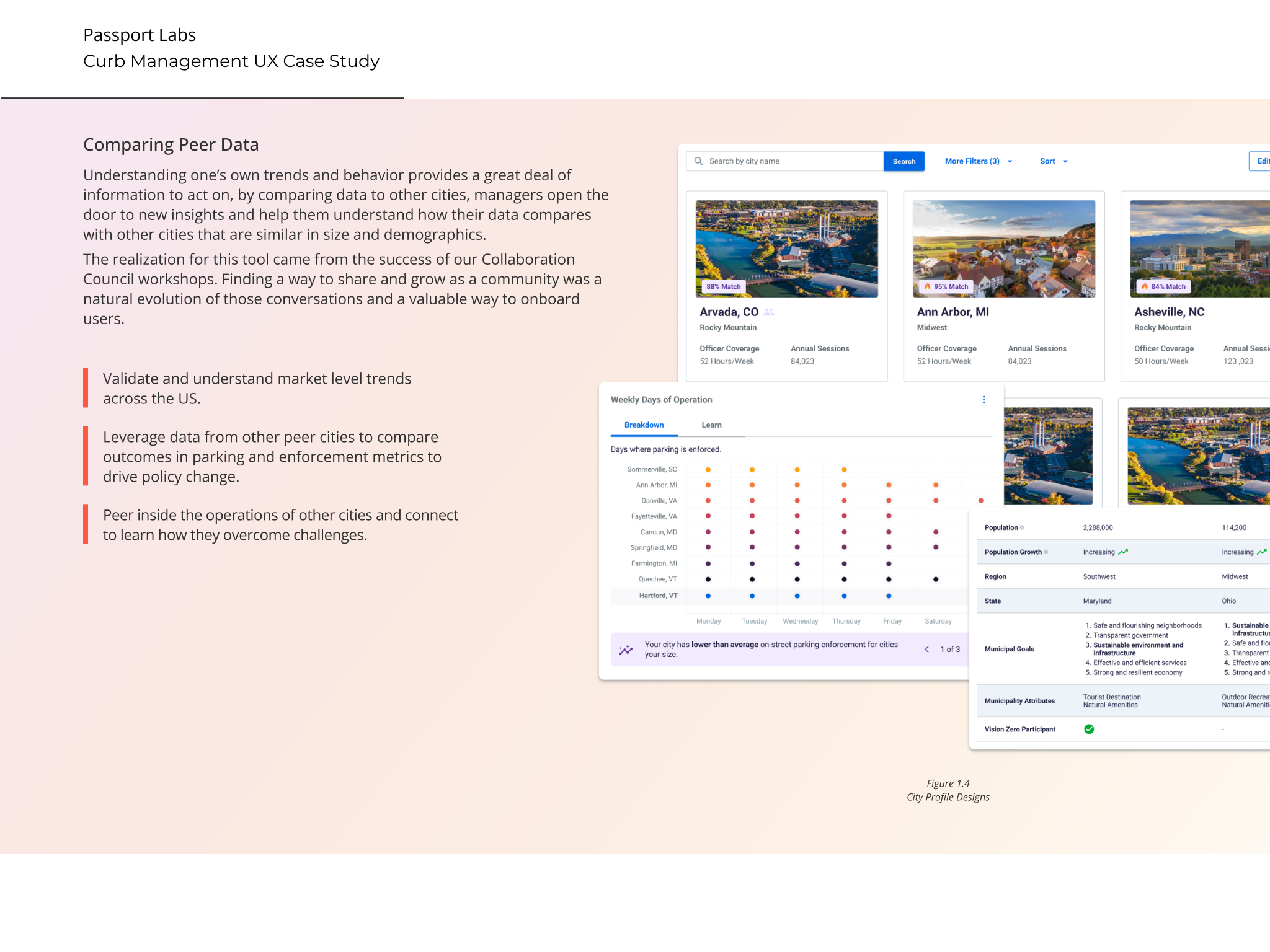Challenge
How can city leaders make effective policy decisions when they have little to no visibility into the behavior and needs of curb users, or the data to back their proposals for an optimized environment?
Municipalities face a growing complexity at their curb where limited space must accommodate a variety of ever-changing users and uses.
- Competition for space along the curb continues to increase as new patterns of consumption and travel behavior emerge.
- Overreliance on anecdotal evidence to drive policy.
- Lack the visibility into real-time and historical behavior.
- Ensuring safe transportation for a variety of different users.
- Resistance and skepticism to change from council members and residential stakeholders.
As a result, there is often uncertainty about where curb assets and regulations, such as loading zones and signage, are located. It can be unclear which activities are allowed, when, for whom, and how each restriction relates to other overlapping rules.













